Bhumi Amla (Phyllanthus niruri) is a small, upright annual herb that grows in the Amazon rainforest and other tropical places like South East Asia, Southern India, and China. It grows to be 30–40 cm tall. It has oblong leaves that are 7–12 cm long and grow in pairs. It has small, single, apetalous, secondary, pedicellate, monoecious, and white-greenish flowers.
This plant comes from the Euphorbiaceae family, and it has a lot of good qualities. It is used a lot all over the world. Phyllanthus niruri plant extract may help people with bronchitis, urinary problems, anaemia, leprosy, asthma, and other health problems.
Bhumi Amla, or Phyllanthus niruri, is a tropical weed that grows in large numbers along the coast. It is also known as 'Dukung Anak' and 'Bhumi Amalaki' in Sanskrit. This plant is called "bhumi amla" because it only grows about 50 cm tall and stays close to the ground. People often call Bhumi Amla by names like chanca piedra, stonebreaker, bahupatra, and so on. It lives all along the coast of India where the weather is mild.
The bark of the plant is smooth and light green. The tiny, smooth fruits that this plant makes are capsules that hold the seeds. The flowers that grow on it come in many different shades of green and often have red edges.
Table of Contents
About Bhumi Amla:
The scientific name for bhumi amla is Phyllanthus niruri, but most people call it "Gale of the Wind." It is a key ingredient in the ayurvedic medicine Chyawanprash, where it helps boost the immune system and gives the leaves, roots, and other parts of the plant valuable healing properties. Some of these are hepatoprotective, antioxidant, and antiviral. Not only do they improve liver health, but they also help digestion, treat kidney diseases, improve skin texture, and improve overall health.
Bhumi Amla is a tropical plant that grows along the coasts of India, China, and the islands of North and Central America. It is an important herb in Ayurveda for treating liver problems and many other health problems. The plant is only 50–70 cm tall and has herbaceous branches with small, thin, elliptical leaves that are arranged alternately. These branches grow out of a smooth, light-green bark. The plant has pale green flowers with red stripes that turn into small, soft fruits that look like capsules and contain many tiny seeds.
Aside from using the whole plant for healing, the leaves of bhumi amla are also used to make medicinal tonics, pastes, and powders. Bhumi amla is called different things in different parts of India. In Hindi, it is called Jangli amlai, in Sanskrit, it is called Tamalaki, and in Kannada, it is called Nelanelli or Bhu nelli. Bhumi amla is also referred to as Bhui amla, Bhui amla in Marathi, as Keelanelli in Tamil, as Kizhukanelli in Malayalam and as Nela usiri in Telugu. In English, Bhumi amla is also called gale of the wind, seed-under-leaf, and stonebreaker.
Ayurvedic use of Bhumi Amla:
In the ancient ayurvedic texts, bhumi amla is mentioned as a way to treat coughs, breathing problems, weak muscles, sore throats, increases stomach fire, helps digestion, increases appetite, improves breathing, stops nausea and vomiting, heals wounds and burns, is antitoxic, and calms the mind (treats skin disorders).
Chemical composition of Bhumi Amla:
Bhumi amla is made up of many phytochemicals, which are compounds found in plants that have healing properties. These include lignans, flavonoids, glycosides, alkaloids, ellagitans, phenylpropanoids, gernanin, amarin, and corilagin. It also has kaempferol and niranthin, which are found in the leaves.
Bhumi amla is often used to treat liver problems, kidney problems, respiratory problems like coughs, colds, and fevers, digestive problems, skin infections, wounds, and burns. This is because it contains bioactive components that are anti-inflammatory, hepatoprotective, antibacterial, analgesic, antioxidant, astringent, anti-ulcer, digestive, expectorant, hypolipidemic, diuretic, and diaphoretic.
Health benefits of Bhumi Amla:
1. Fixes liver problem
Bhumi Amla has powerful hepatoprotective properties that help the liver work better and heal damaged liver cells and tissues. Because of its strong anti-inflammatory properties, this valuable ayurvedic herb can be used to treat liver cirrhosis, gallstones, bile problems, and damage to liver tissues. It can also slow the progression of liver cancer.
2. Improves the health of your lungs
Bhumi amla is very effective at treating a wide range of respiratory problems because it has strong anti-inflammatory, anti-bacterial, and anti-asthmatic properties. It is used a lot to treat common cold, cough, sore throat, and flu symptoms. It also thins and loosens the phlegm in the lungs and nose, making it easier to breathe and helping the body get rid of mucus. It can also help treat bronchitis and asthma.
3. Supports kidneys functions
Bhumi amla has diuretic properties that help the body get rid of excess salts, acids, fluids, toxins, and wastes through urine. In this way, bhumi amla protects kidney health, stops kidney stones, and makes sure the body has the right amount of electrolytes. Because bhumi amla is astringent and cools the body, it is also used to treat urinary problems like urinary incontinence, painful urination, dysuria, and a burning sensation while urinating. This keeps chronic kidney failure from happening.
4. Heals wounds
Bhumi amla's many anti-inflammatory and pain-relieving properties make it a key part of treating ulcers like ulcerative colitis, peptic ulcers, canker sores, mouth ulcers, and so on. The bioactive compounds in this divine tree clean wounds, speed up the healing of wounds, and help new tissue grow. Its ability to make things tighter also helps reduce swelling in wounds.
5. Diminishes Stress
As a strong sedative, bhumi amla leaf and plant extracts help calm stress and get rid of many anxiety symptoms, such as feeling uneasy, restless, or having cold hands and feet, among others. The plant's calming effects also actively help to make people feel better and more positive.
6. Helps you lose weight
Because bhumi amla has a lot of flavonoids, it helps the body lose weight faster. Because bhumi amla contains fibre and has anti-obesity effects, taking it every day can help stop sudden hunger pangs and keep you from eating too much, making it an important part of a plan to lose weight. The herb also speeds up the body's metabolism and helps it stay at a healthy weight.
7.Alleviates Joint Pain
Bio-active parts of bhumi amla have strong pain-relieving, anti-inflammatory, and anti-pain properties. This makes bhumi amla an effective treatment for pain and inflammation caused by arthritis and joint pain. It is also used to treat painful muscle spasms, sore muscles, rheumatoid arthritis, and other conditions that cause inflammation. It is also very good at treating Rheumatoid Arthritis, which in Ayurveda is called Amavata. Amavata is caused by an imbalance of Vata doshas and an accumulation of Ama in the joints.
Conclusion:
Bhumi amla is an amazing herb that has a lot of important bioactive ingredients and healing properties. It can be used to treat liver problems, kidney problems, respiratory problems like coughs and colds, sore throats, diarrhoea, arthritis, digestive problems, flu and fever, skin problems, and even prevent viral infections. Make sure to take the powders and supplements in the right amounts to get all of bhumi amla's wonderful health benefits and healing powers for better health and wellness.

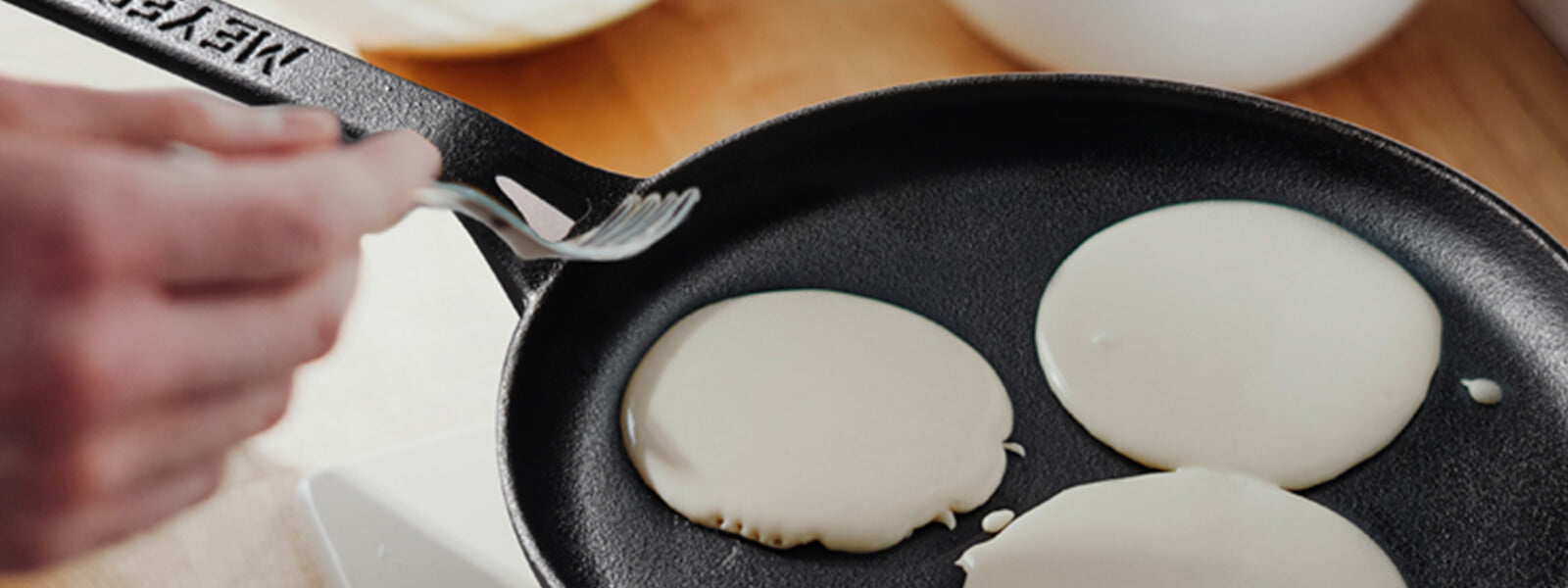
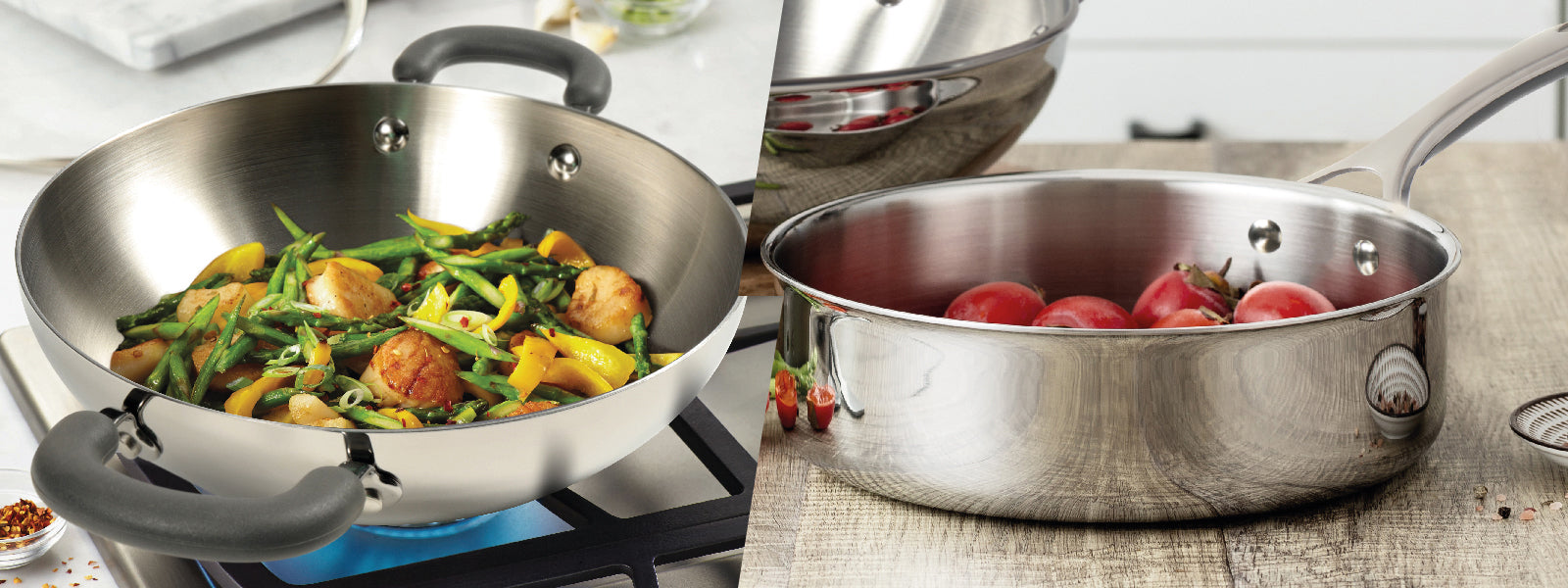
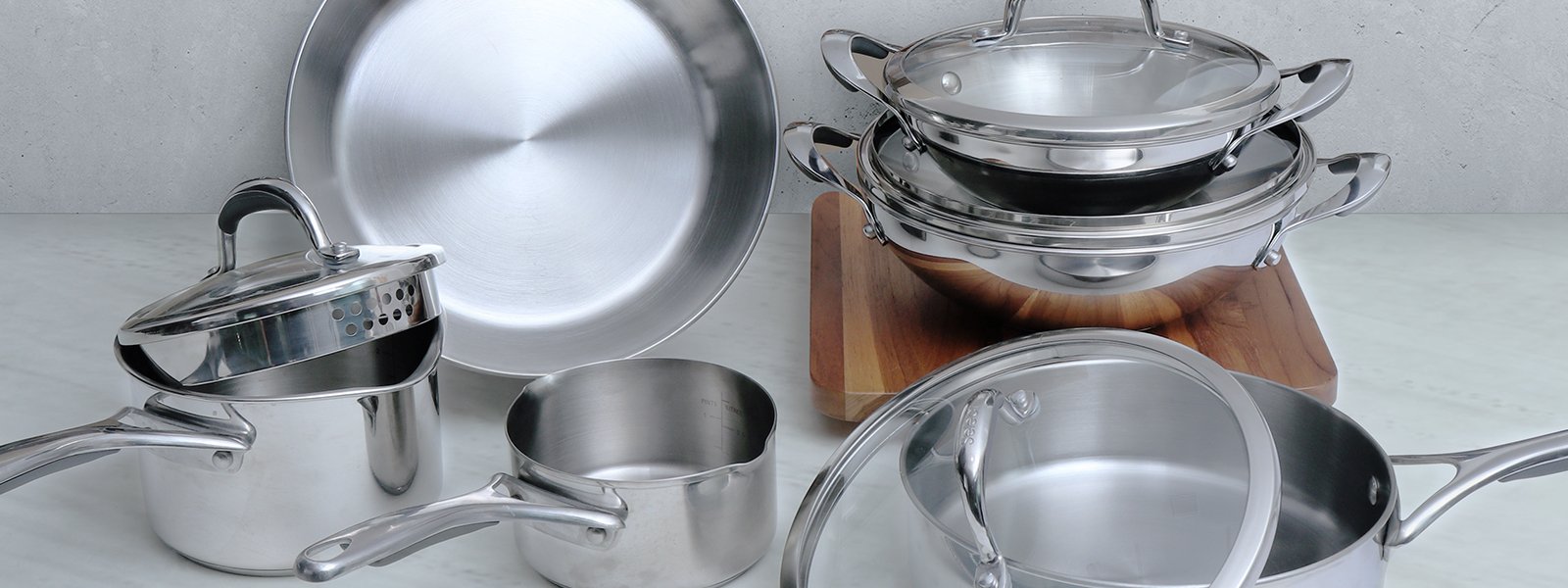

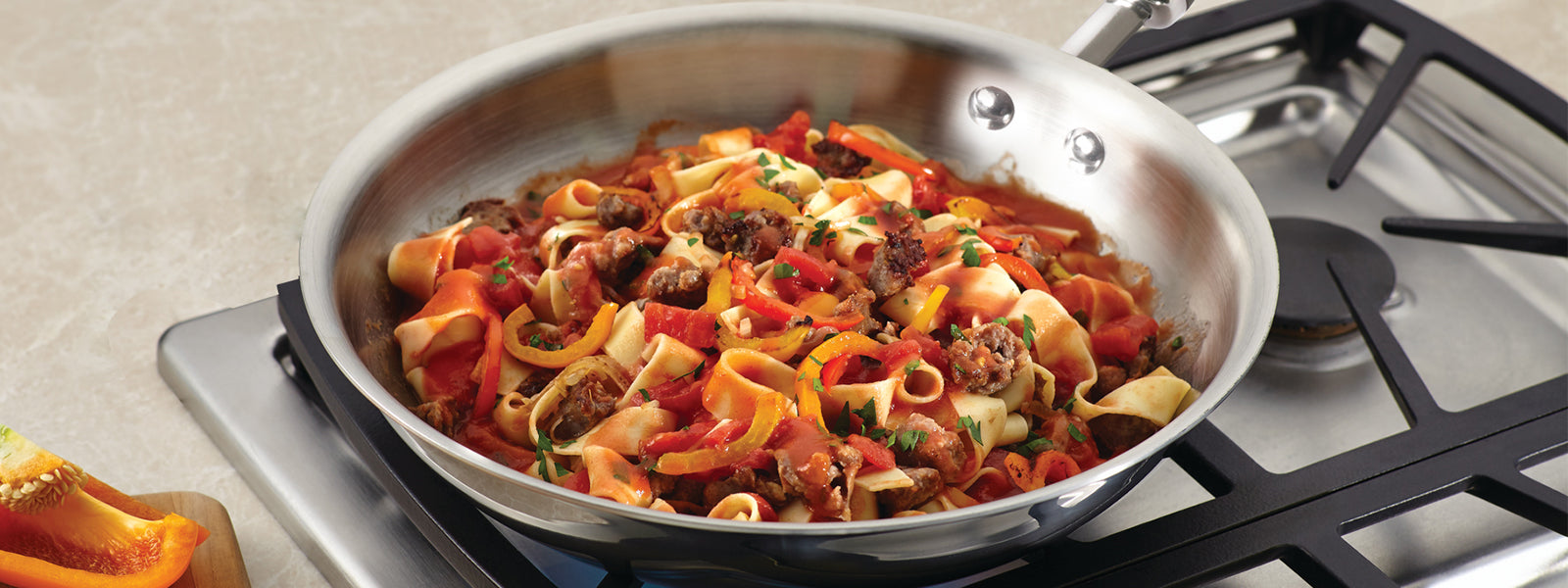
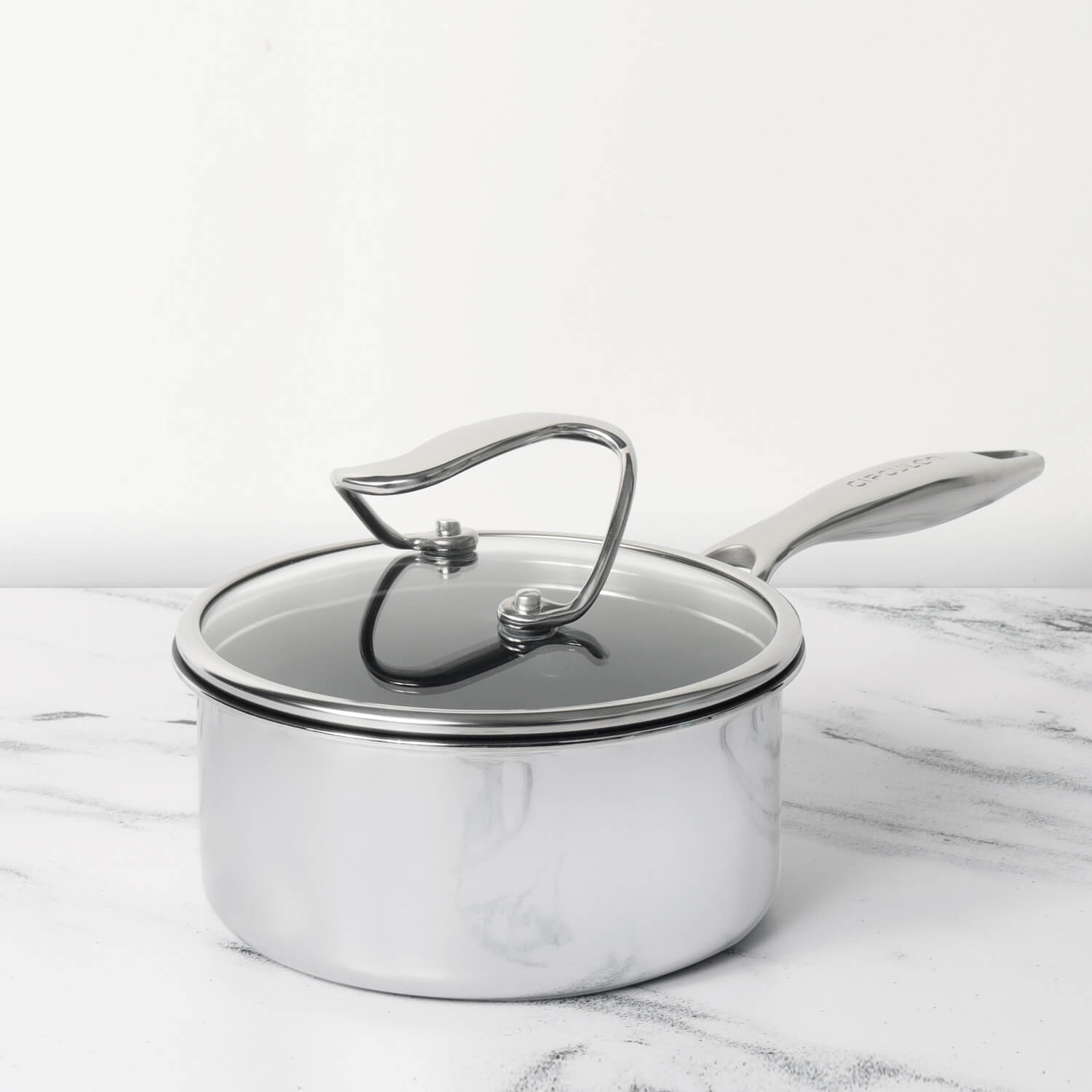
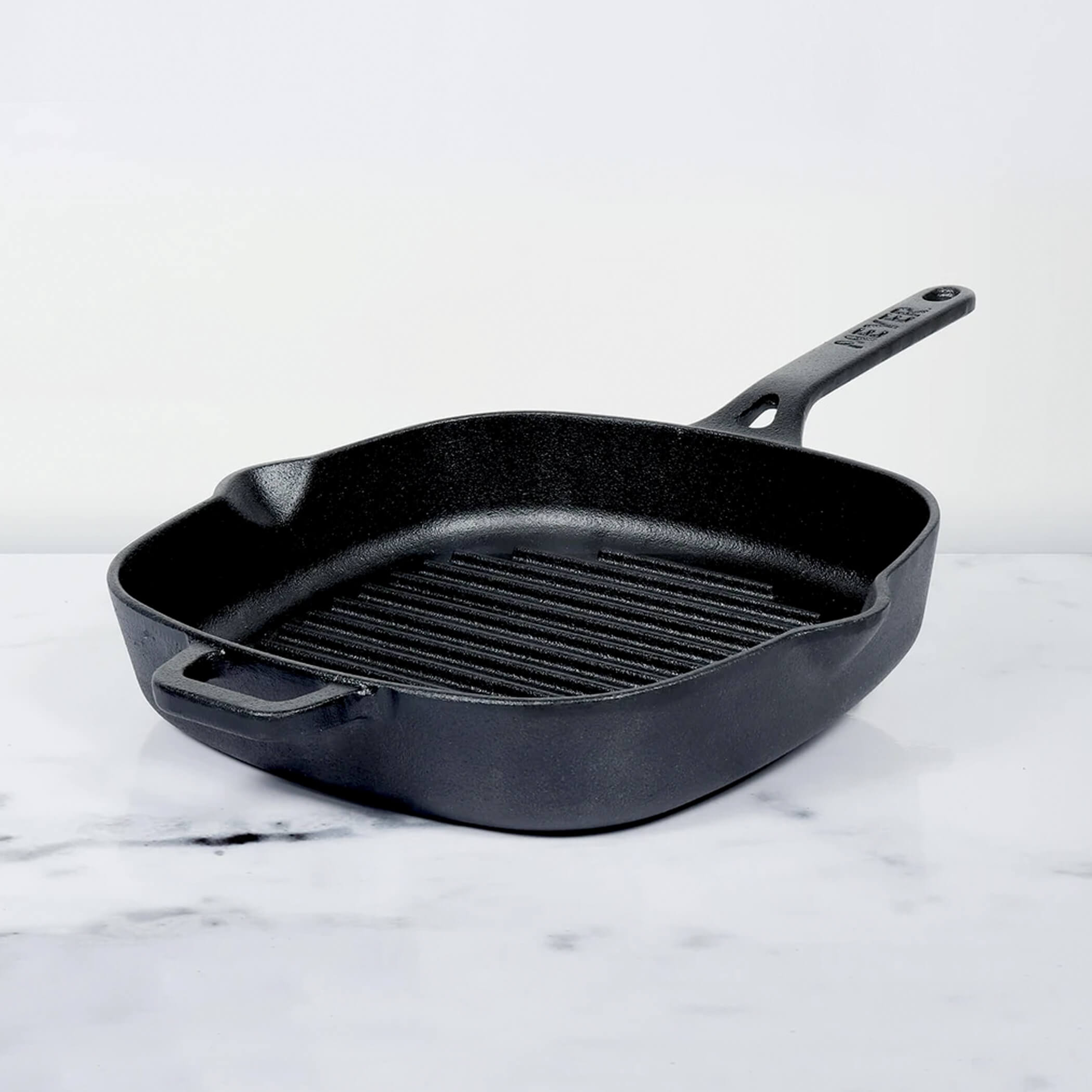




Leave a comment